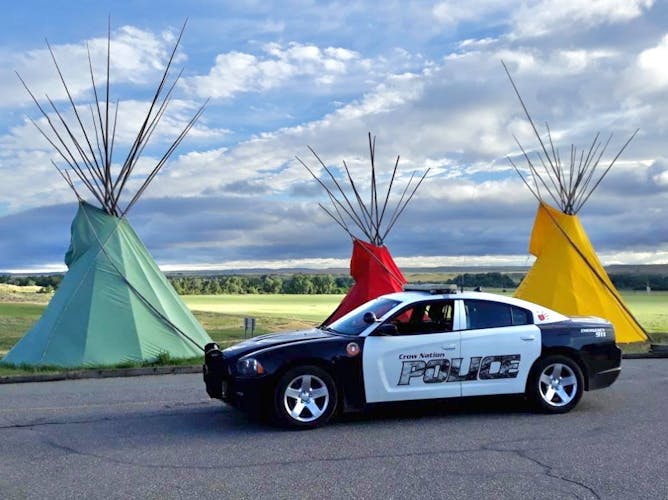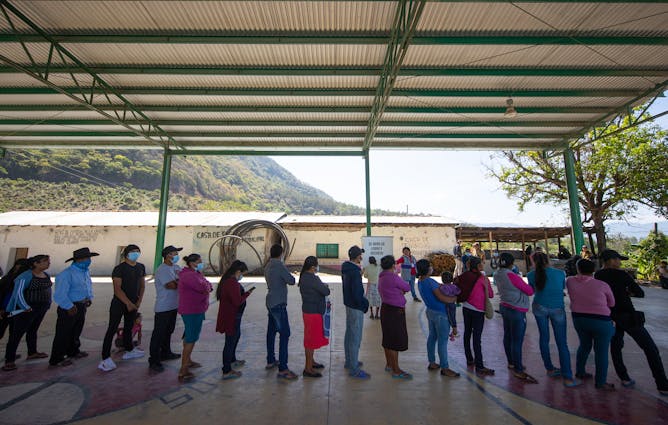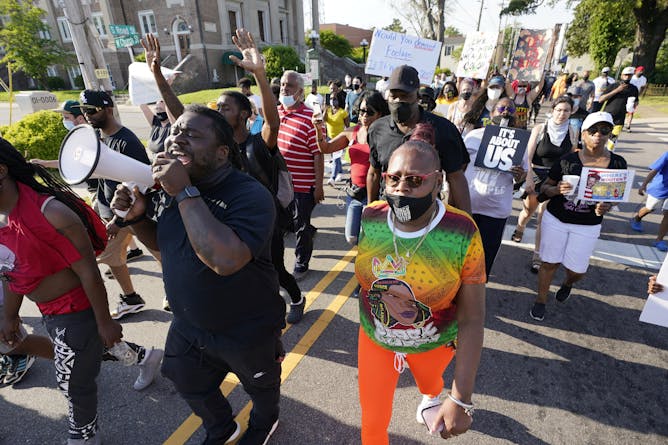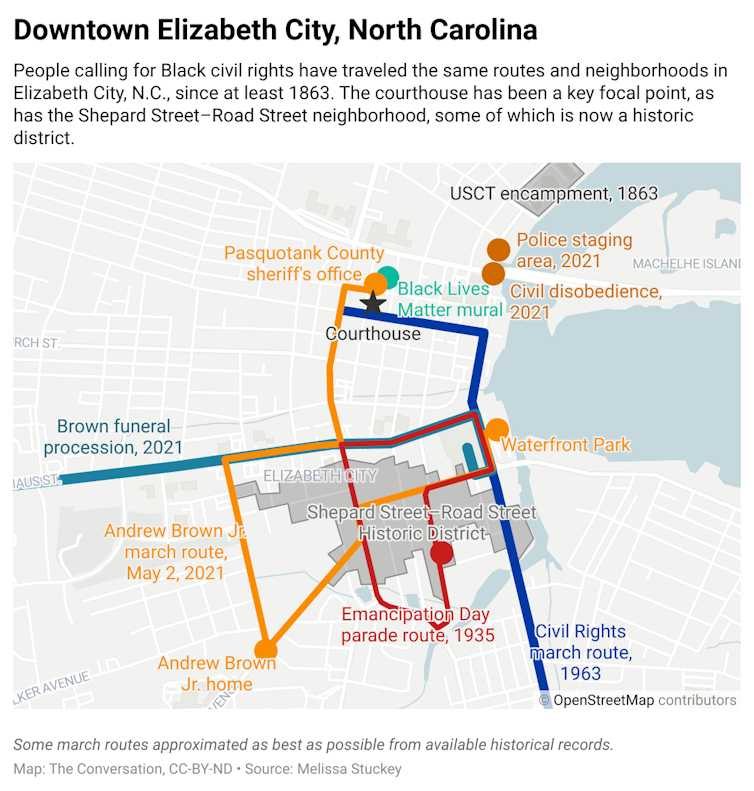|
|
|
|
It’s hard to concentrate on work when the Sun is out, the soil is warmed up and there are seeds for broad beans, Armenian cucumbers, Italian zucchini and four different varieties of nasturtiums to plant. This is the time of year when the garden is to me what the Sirens were to Odysseus. He resisted their temptation by lashing himself to his ship’s mast. I just lashed myself to my computer – and made trips to the garden at 90-minute intervals to see whether any of the seeds had germinated yet.
Luckily, most of our authors and editors weren’t nearly as distracted this past week as I have been. There was a lot of intellectual biodiversity in our story crop, from an analysis of the recent Mexican elections – the most violent ever and a strong rebuke of President Andrés Manuel López Obrador’s party – to a story about the historic implications of a recent Supreme Court decision that legal scholar Kirsten Carlson of Wayne State
University wrote “unanimously affirmed the sovereign power of American Indian tribes.”
My favorite story, though, was brought to us by historian Melissa N. Stuckey at Elizabeth City State University. As a specialist in early 20th-century Black activism, when Stuckey saw the demonstrations in the city sparked by the police killing of Andrew Brown Jr., a local African American man, she realized those protesters were literally marching along the same routes that civil rights protesters had trod in the 1960s.
And there was more history to those routes, she found, going back to the era of slavery: “I know that today’s protesters are not the first to march here. Instead, they follow in the footsteps of previous generations of freedom seekers,” she wrote. “From Road Street to Water Street, from Ehringhaus Street to Elizabeth Street, this picturesque city has long been a site where quintessential African American struggles for freedom have taken
place.” Editor Jeff Inglis worked with Stuckey to produce a map that shows how people calling for Black civil rights have traveled the same routes and neighborhoods in Elizabeth City, North Carolina, since at least
1863.
|
Naomi Schalit
Senior Editor, Politics + Society
|

|
|

The actions of a Crow Nation police officer were in question at the Supreme Court.
Crow Nation
Kirsten Carlson, Wayne State University
A defendant who is not a Native American claimed tribal police had no power over him, even on tribal land. The Supreme Court disagreed.
|

Voters line up to cast their ballots at a polling station in Ayahualtempa, Mexico, on June 6, 2021.
Hector Vivas/Getty Images
Luis Gómez Romero, University of Wollongong
Thirty-six candidates were murdered since campaigning began in Mexico last September, including numerous members of the president's own Morena party.
|

A march along historic South Road in Elizabeth City, North Carolina, protesting the police shooting of Andrew Brown Jr.
AP Photo/Steve Helber
Melissa N. Stuckey, Elizabeth City State University
Many Americans first heard of Elizabeth City, North Carolina, when protests began after Andrew Brown Jr. was killed by sheriff's deputies. But the city has a long history of fighting racial injustice.

|
|
|
-
Cornell William Clayton, Washington State University; Michael Ritter, Washington State University
In Brnovich v. DNC, the court will decide whether two Arizona rules unfairly hurt poor, minority and rural voters. The ruling could determine the fate of many states' restrictive new voting laws.
-
David Campbell, Binghamton University, State University of New York
News about how little income tax some of the richest Americans reportedly pay is adding to questions about the value to society of their massive charitable donations.
-
Scott L. Montgomery, University of Washington
When announcing financial penalties on Russia earlier this year, Biden hinted at the prospect of 'further' sanctions. An energy scholar explains what Biden may have meant.
-
Elizabeth Ellcessor, University of Virginia
When emergency alerts are hard to distinguish from text messages and when they announce the availability of vaccines rather than an impending tornado, are they still emergency alerts?
-
Max Margulies, United States Military Academy West Point; Amy Rutenberg, Iowa State University
Questions include whether women should be compelled to register, as men are, and whether the draft and draft registration should exist at all.
-
Katharine M. Donato, Georgetown University; Amanda Carrico, University of Colorado Boulder; Jonathan M. Gilligan, Vanderbilt University
Climate migrants don’t fit neatly into the legal definitions of refugee or migrant, and that can leave them in limbo. The Biden administration is debating how to identify and help them.
-
Christian Appy, University of Massachusetts Amherst
The episode might have slipped quietly from the news had Nixon decided to not attack the messenger.
|
|
| |
| |
| |
| |

|
| |
| |
| |
| |
| |
| |
| |
| |
|
|
|
|
|
|
|